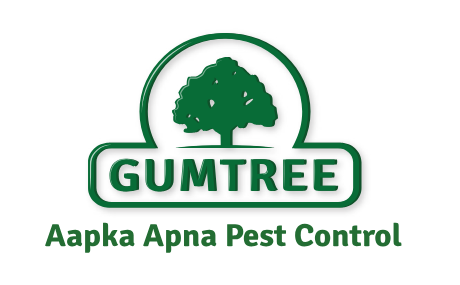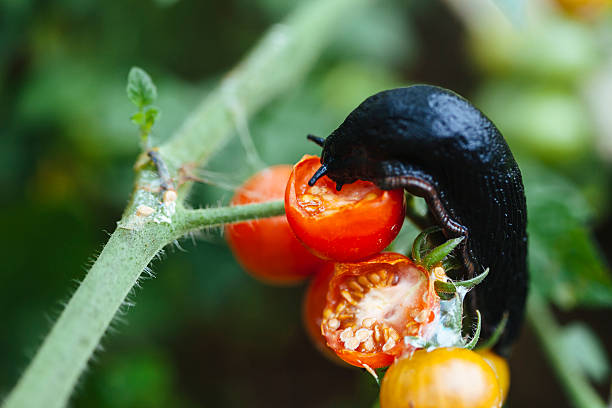Introduction
Your beautiful garden is being destroyed and you still didn’t find the culprit alive?
Fear not, for we are here to equip you with the knowledge and tools to protect your precious plants. Throughout this captivating blog, we will introduce you to 20 common garden pests, reveal their identities, and provide you with simple yet effective prevention methods. So, fasten your seatbelts to embark on a journey filled with colourful characters and discover how to create a pest-free heaven for your luscious garden.
1. Aphids:
Identification: Look for small, pear-shaped insects clustered on leaves.
Prevention: Prune affected parts, introduce natural predators and give neem oil spray.
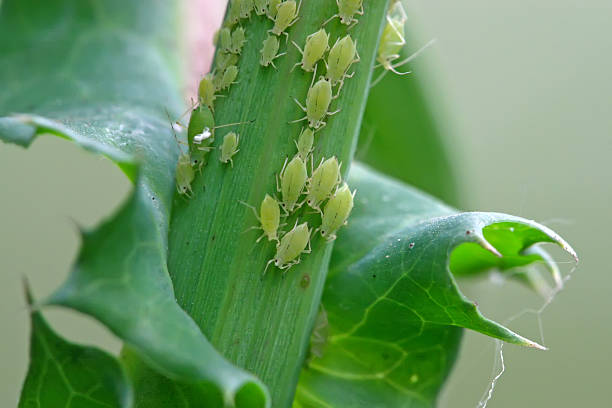
2. Slugs and Snails:
Identification: Slimy creatures leave shiny trails, feasting on leaves and stems.
Prevention: Create physical barriers, like copper tape or crushed eggshells, and handpick at
dusk.
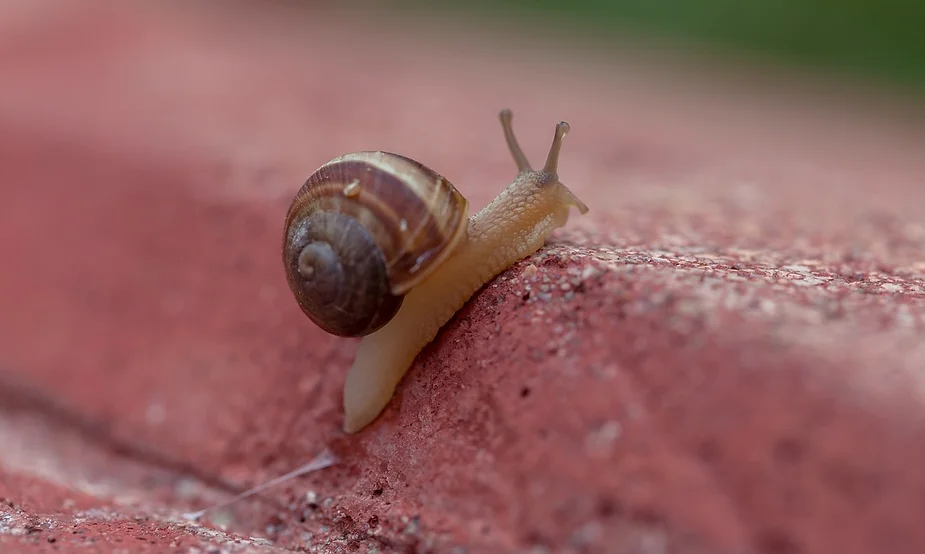
3. Caterpillars:
Identification: Presence of chewed leaves and caterpillars.
Prevention: Handpick larger caterpillars and use organic insecticides sparingly.

4. Spider Mites:
Identification: Discoloured leaves, fine webbing between leaves and stems.
Prevention: Increase humidity with regular misting, use insecticidal soaps, and remove weeds
and debris.
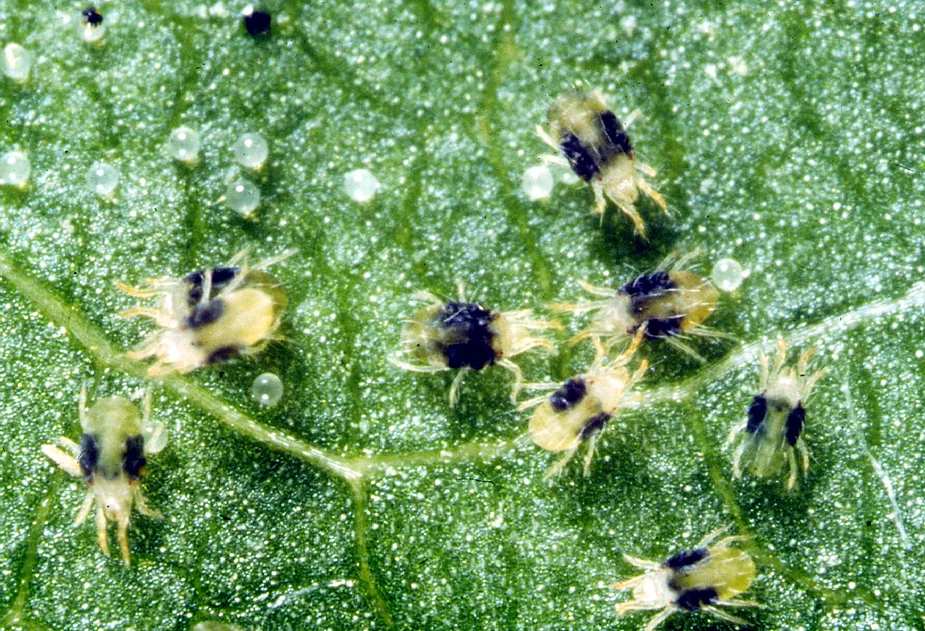
5. Rabbits:
Identification: Chewed foliage and stems.
Prevention: Install fences or netting, use deterrents like human hair or strong-smelling herbs,
and provide diversionary food sources.
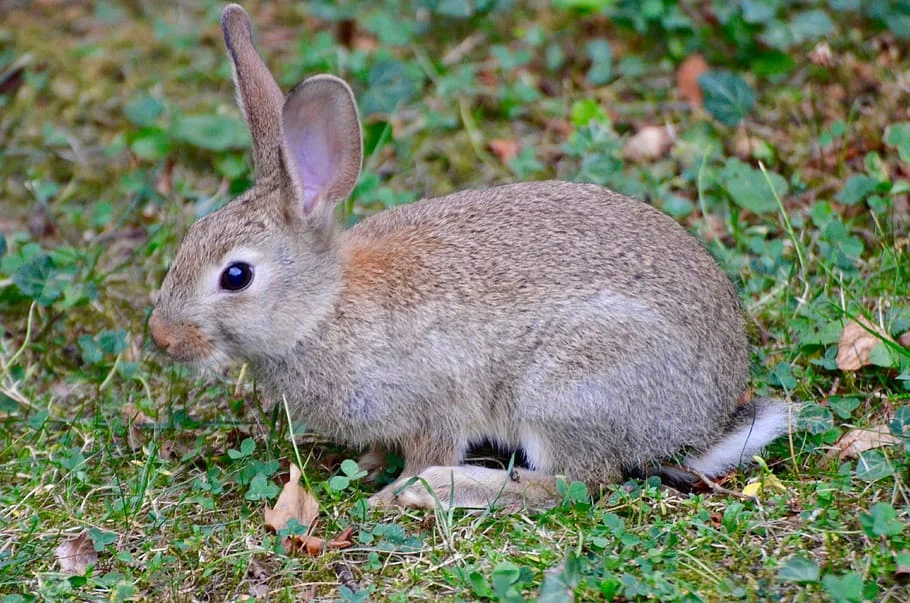
6. Whiteflies:
Identification: Tiny, white insects with sticky residue on leaves.
Prevention: Introduce neem oil spray, and remove infested plant parts.
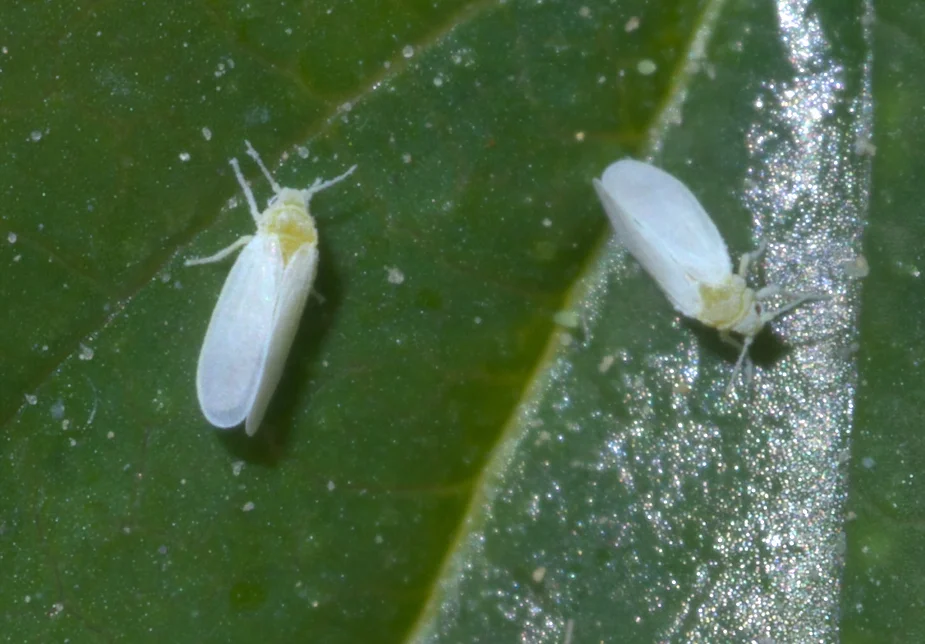
7. Thrips:
Identification: Small, stiff insects causing yellowing and curling of leaves.
Prevention: Use floating row covers.
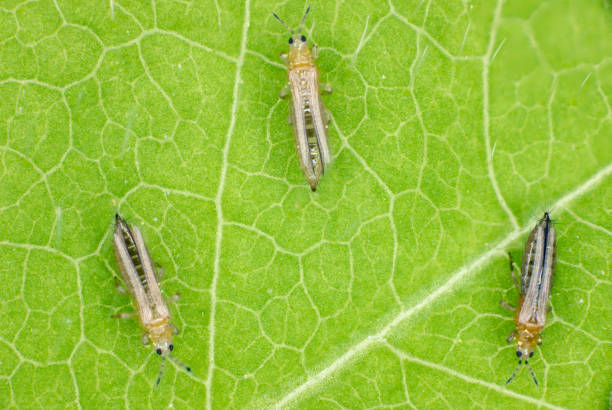
8. Leafhoppers:
Identification: Agile insects cause leaf yellowing and curling.
Prevention: Maintain a weed-free garden, use floating row covers.

9. Mealybugs:
Identification: Soft-bodied, cottony garden pests sucking plant sap.
Prevention: Ensure good air circulation, avoid over-fertilization, remove infested plants, use
insecticidal soap.
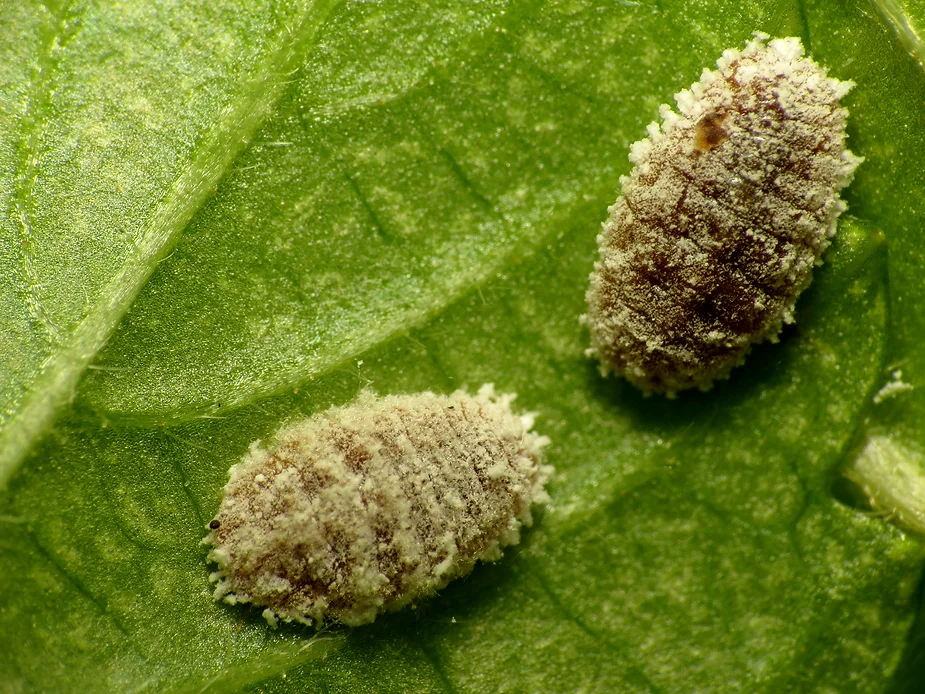
10. Scale Insects:
Identification: Hard-shelled garden pests attached to plant stems and leaves.
Prevention: Prune and dispose of infested branches, and use horticultural oils.

11. Earwigs:
Identification: Nocturnal insects with pincer-like appendages.
Prevention: Use traps, and remove hiding places like mulch or debris.

12. Japanese Beetles:
Identification: Metallic green beetles feed on leaves, flowers, and fruits.
Prevention: Handpick adults, use pheromone traps, and apply neem oil.

13. Cutworms:
Identification: Larvae cutting through plant stems near the soil.
Prevention: Use collars around the plant base, and till soil to expose larvae.
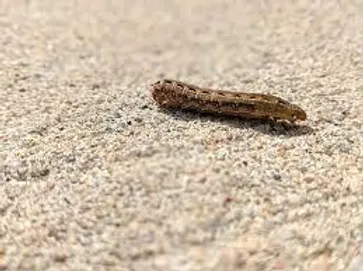
14. Wireworms:
Identification: Slender, worm-like larvae feeding on roots and underground stems.
Prevention: Rotate crops, keep the garden clean, and remove debris.
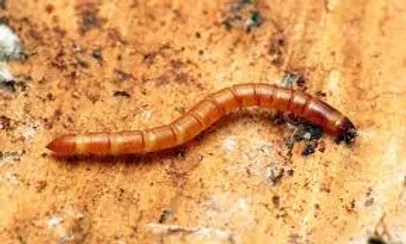
15. Flea Beetles:
Identification: Small, jumping beetles cause tiny holes in leaves.
Prevention: Use floating row covers, and apply organic insecticides.
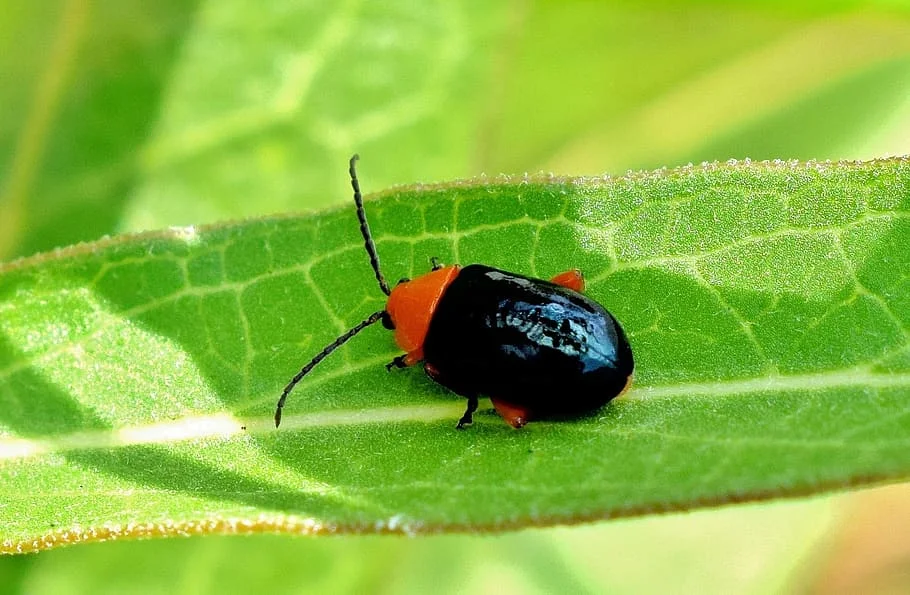
16. Colorado Potato Beetles:
Identification: Striped beetles feeding on potato leaves.
Prevention: Handpick adults and larvae, and rotate potato crops.
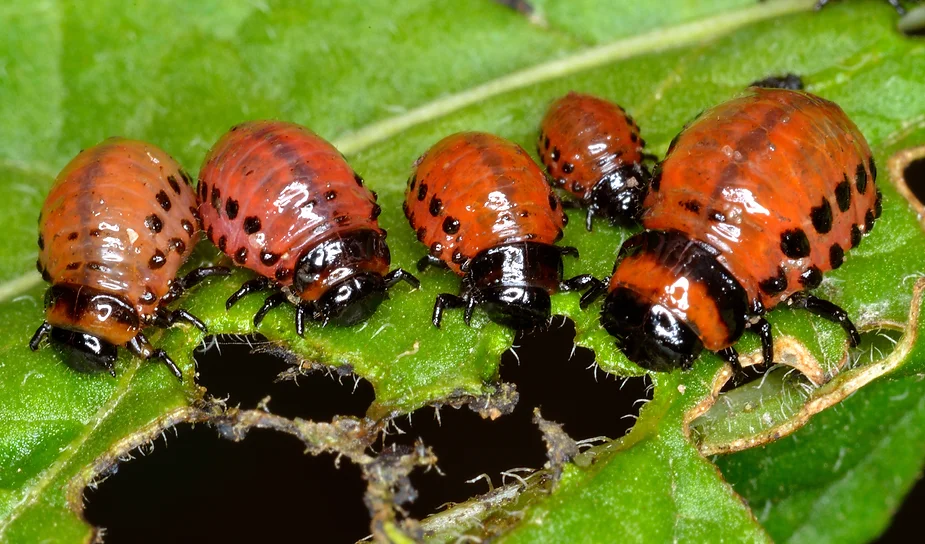
17. Cabbage Loopers:
Identification: Green caterpillars chewing holes in cabbage-family plants.
Prevention: Use floating row covers, and handpick larvae.
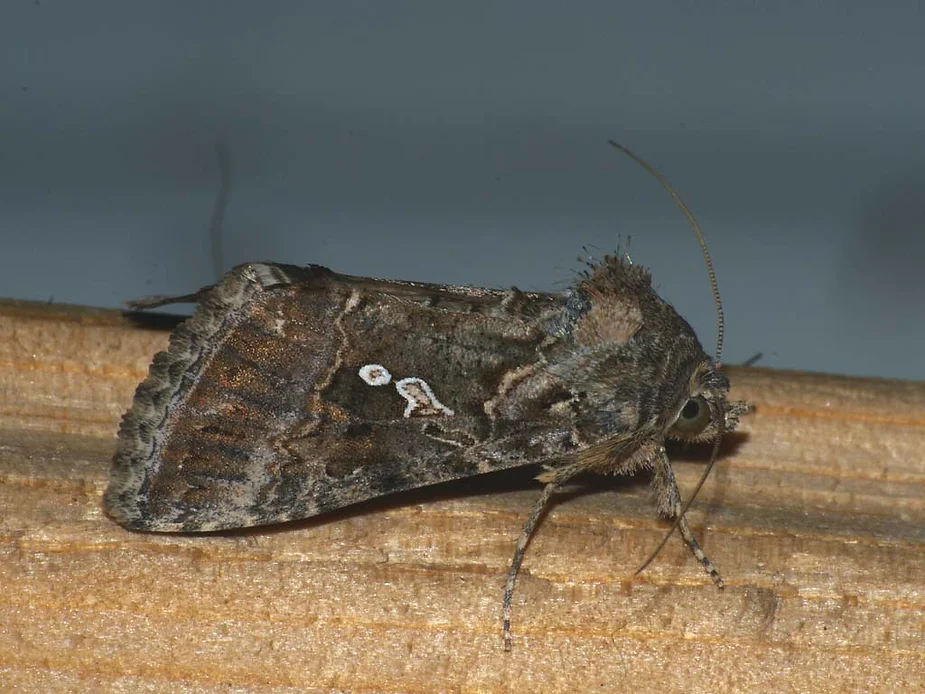
18. Leaf Miners:
Identification: Larvae tunnelling through leaves, leaving winding trails.
Prevention: Remove infested leaves, and maintain plant health.

19. Sawflies:
Identification: Insects feeding on tree and shrub foliage.
Prevention: Handpick larvae, use Bacillus thuringiensis or insecticidal soap.
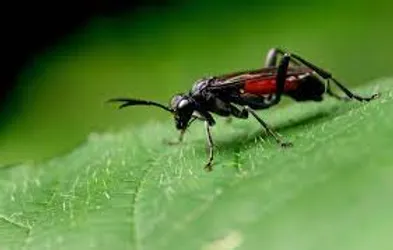
Conclusion
Congratulations, garden defenders! You have successfully journeyed through the colourful world of some disastrous garden pests. With simple identification techniques and effective prevention strategies, you are now equipped to protect your plants from the harsh attacks of those notorious teams.
So, embrace the joy of gardening with some scientific knowledge, and make to garden a green paradise.
Happy gardening!

